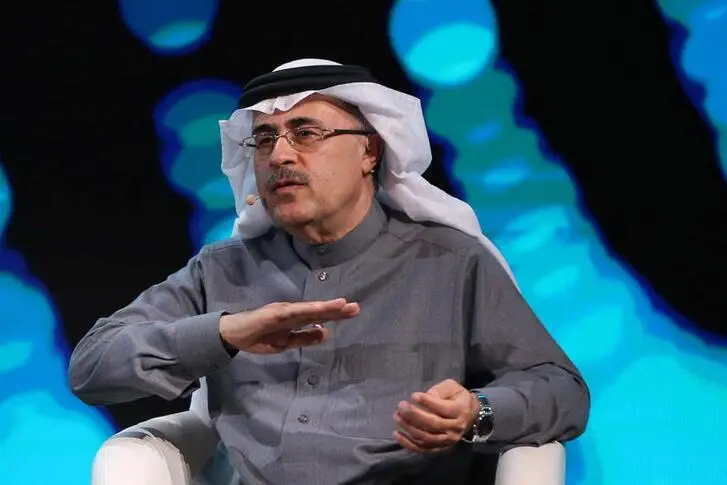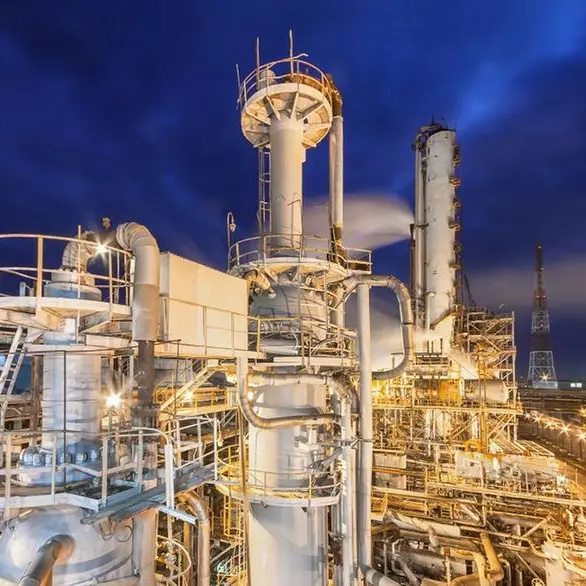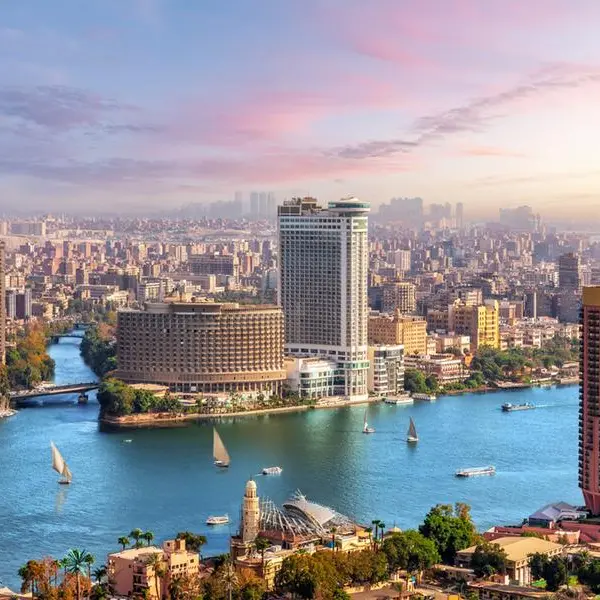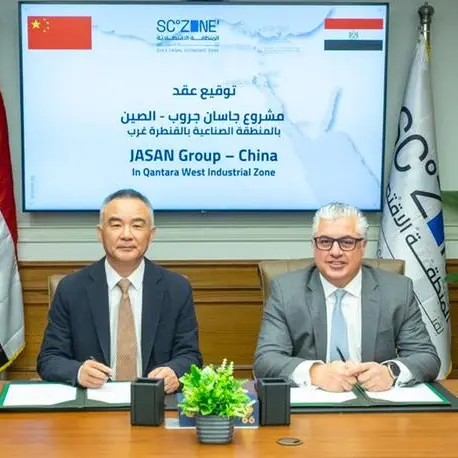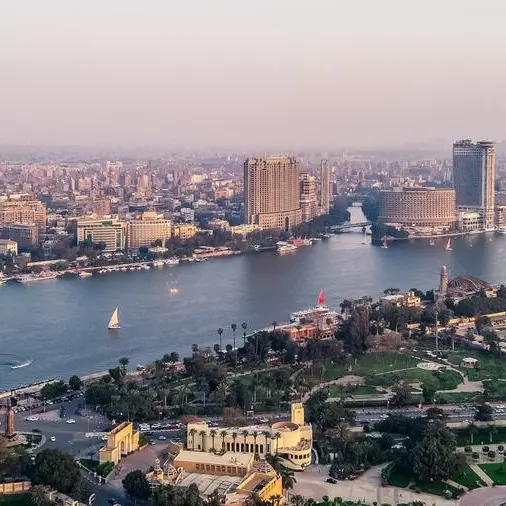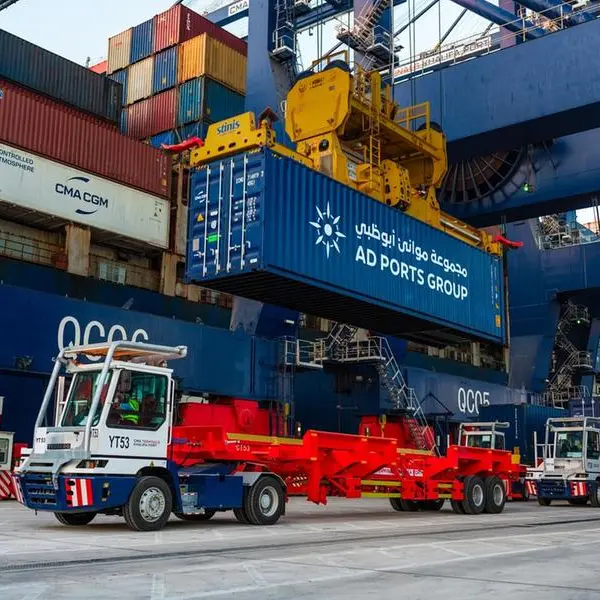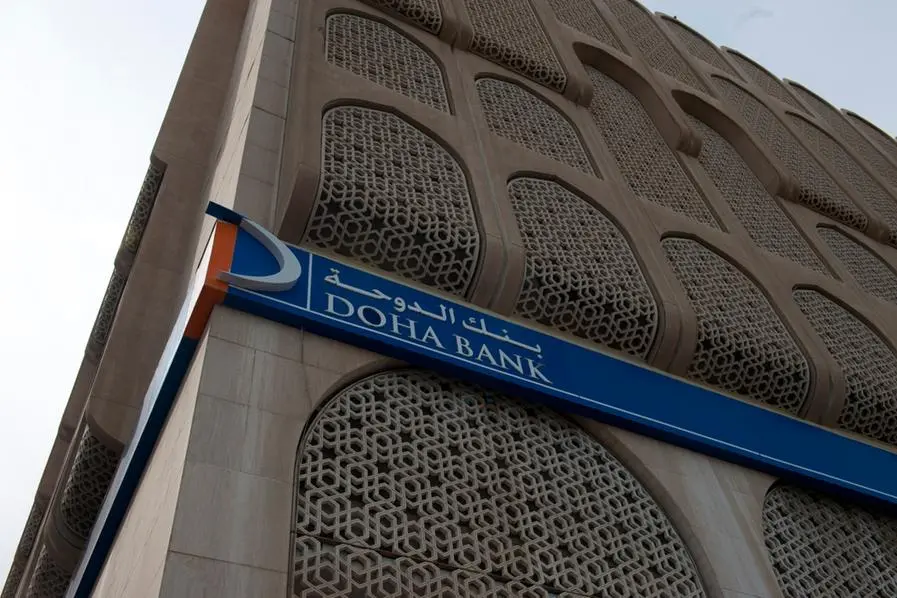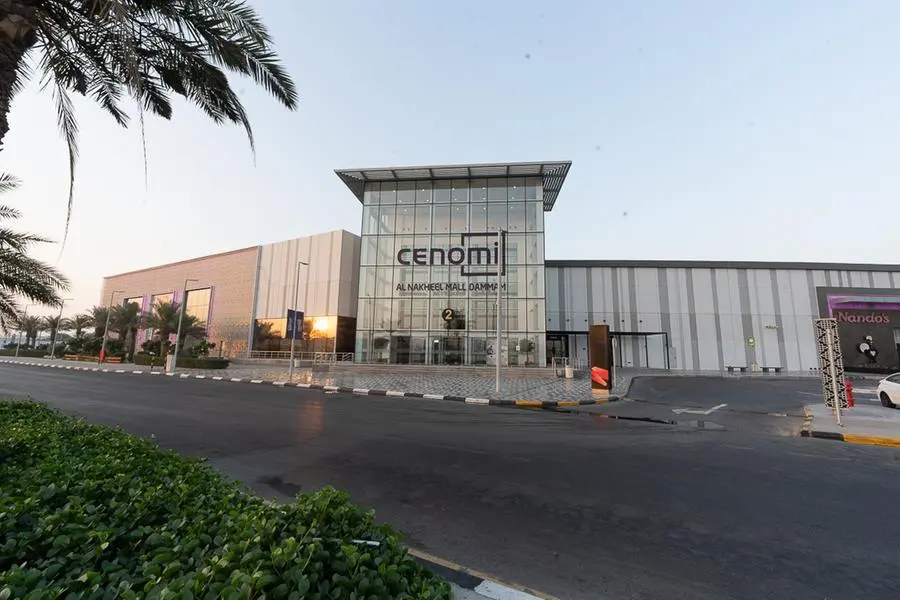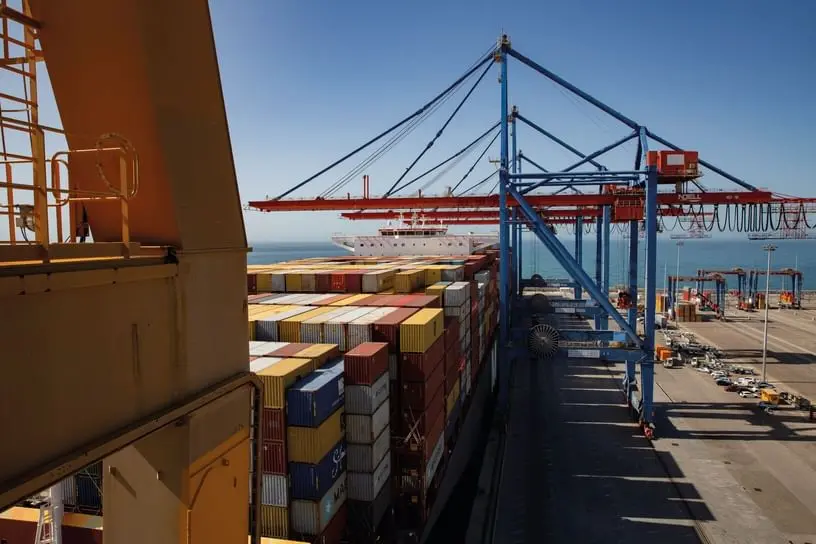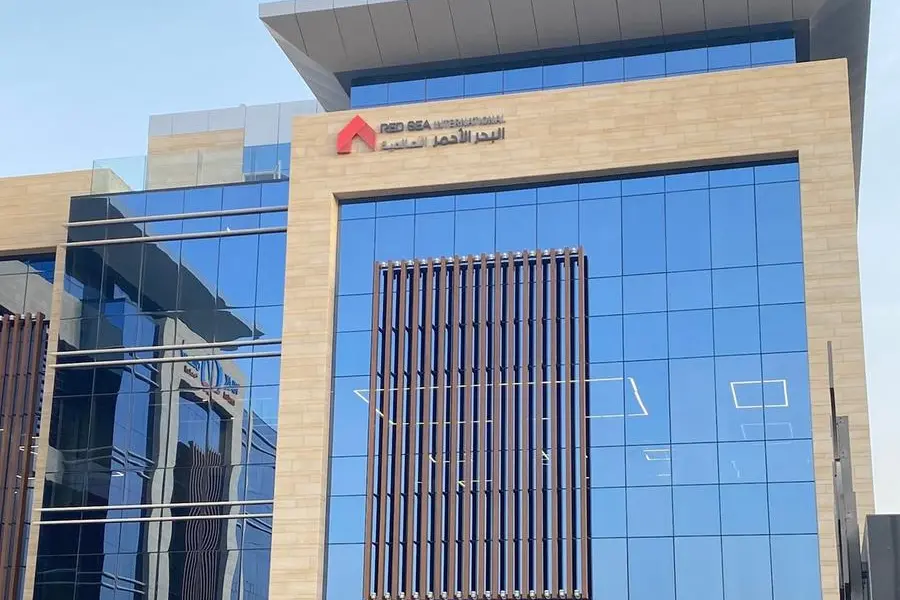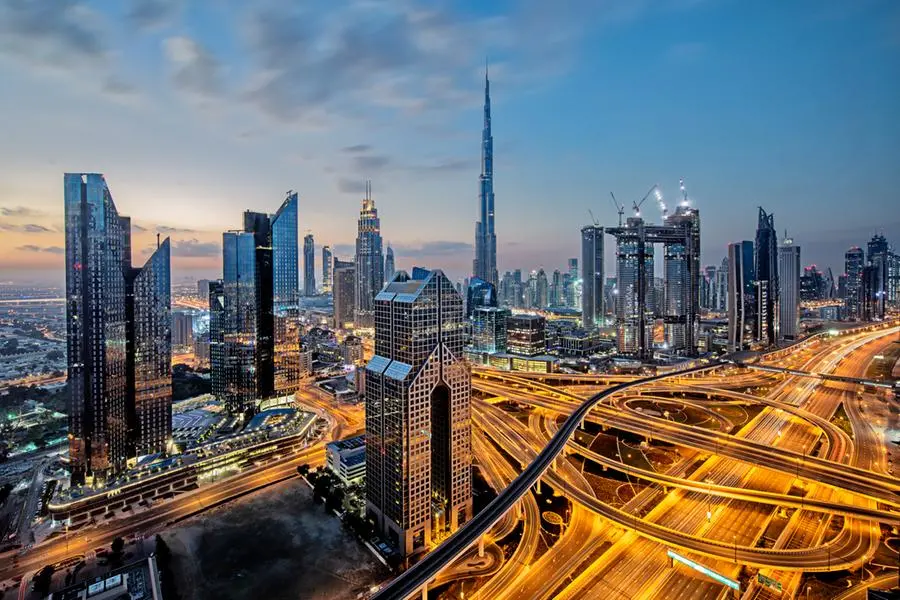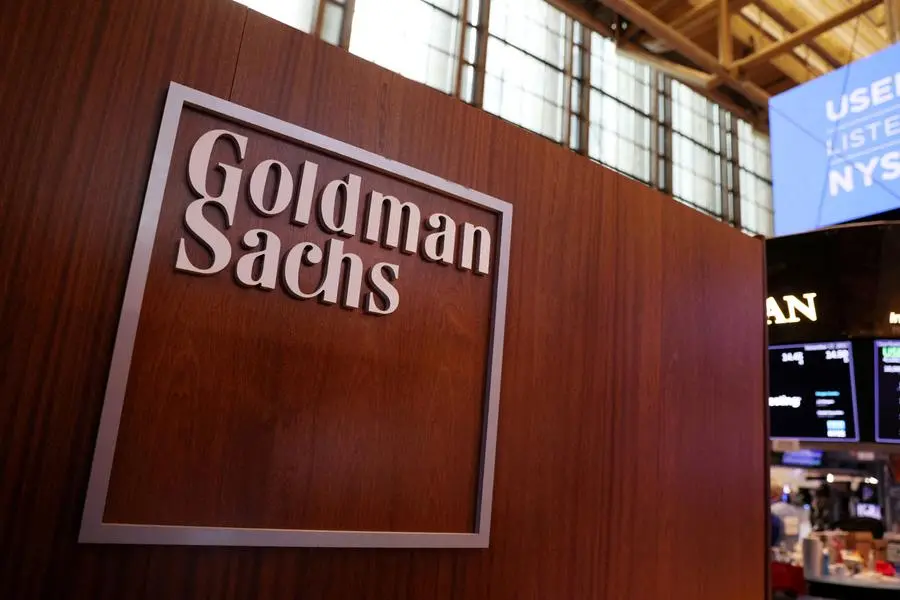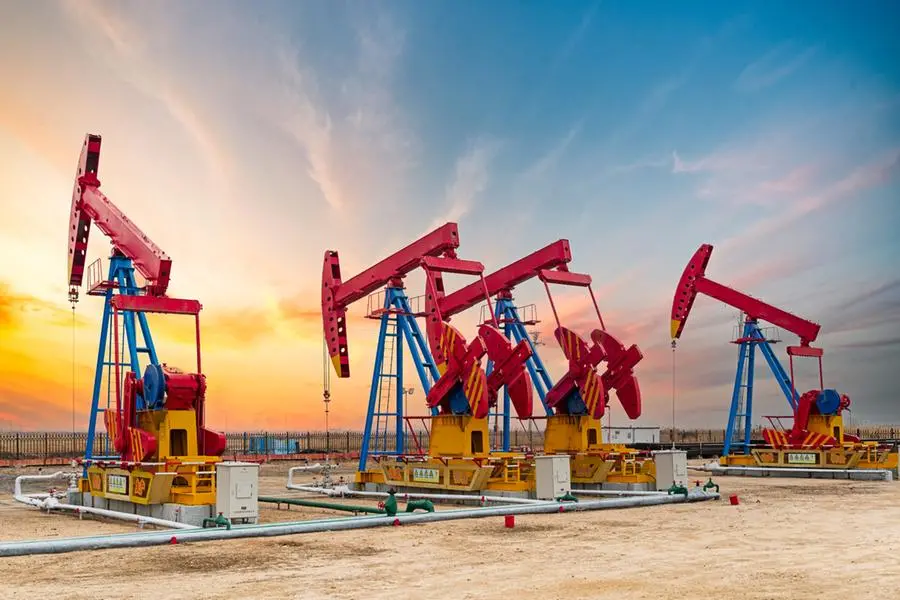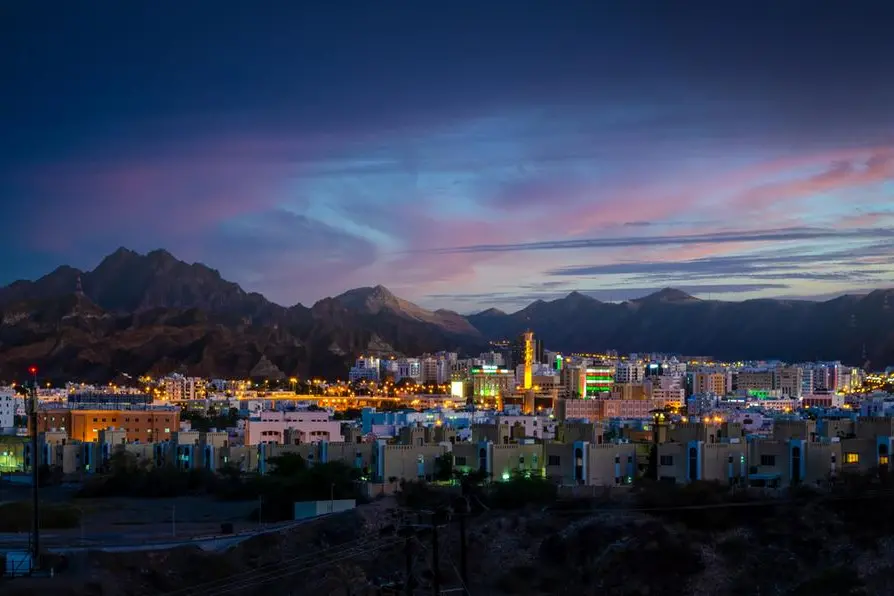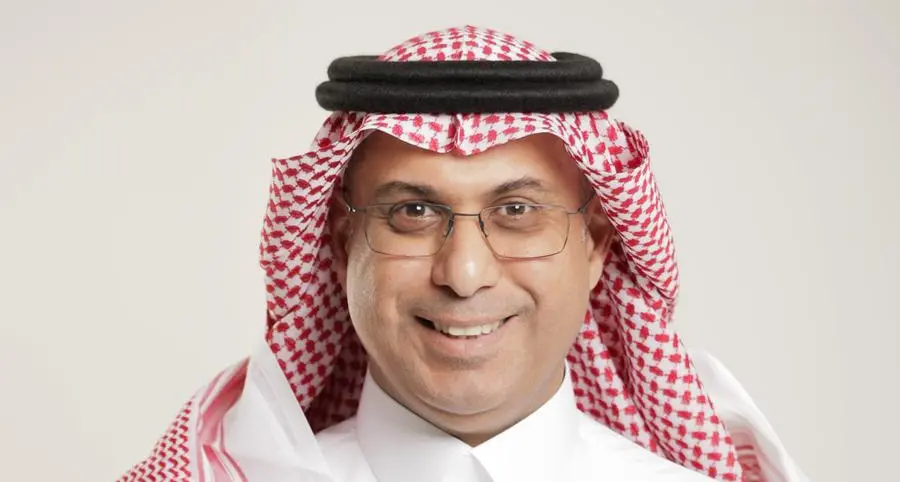PHOTO
Global net-zero emissions goals will not be met without a successful materials transition, according to Saudi Aramco President and CEO Amin H Nasser.
Demand for materials is likely to increase considerably, which is projected to more than double from 79 gigatonnes in 2011 to 167 gigatonnes in 2060, Nasser told the Gulf Petrochemicals and Chemicals Association Forum (GPCA) in Riyadh.
“Materials production, use, and eventual disposal already account for almost a quarter of all global CO2 emissions. So, the increase in materials use, even if somewhat decoupled from economic growth, will be shadowed by a further rise in CO2 emissions, particularly in hard-to-abate industries.”
Emissions from concrete are likely to total almost four gigatonnes of CO2 by 2050 because of the growth in demand. Meanwhile, the iron and steel sector accounts for more emissions than the whole of road freight, and global demand for steel alone is forecast to rise by more than a third by 2050.
“To help reduce emissions in this growth environment, more durable and more sustainable materials must be the building blocks of 21st-century life,” Nasser said.
To achieve a well thought-out and accelerated materials transition, cutting-edge research and development, innovation, and the necessary investments are essential.
“This is where chemistry in action could shape a lower emission, more sustainable materials future," Nasser said.
(Writing by D Madhura; Editing by Anoop Menon)
